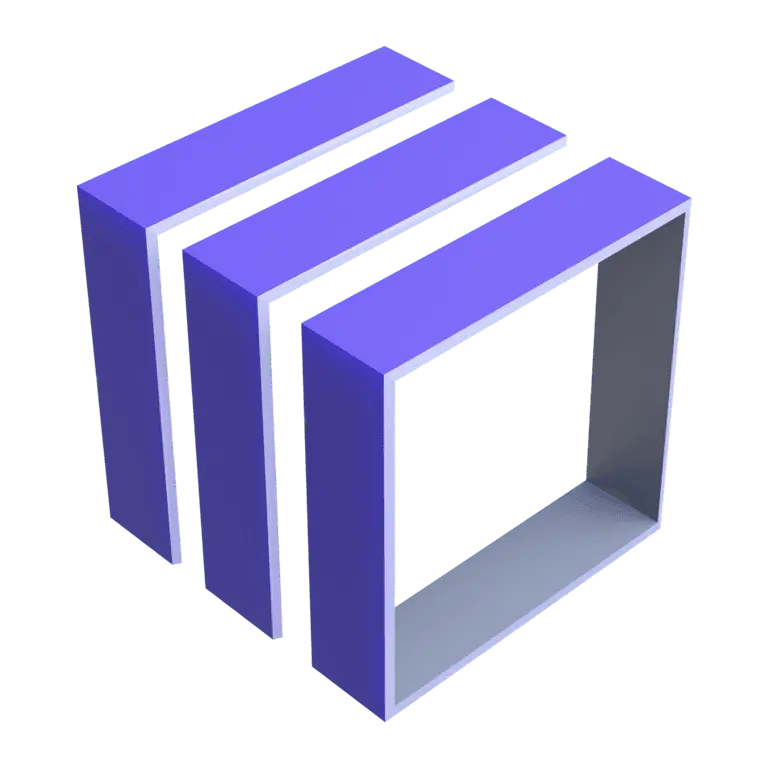Concepts
- Concept
- 6-min read
- Published Jun 17, 2025
The following is a glossary of fundamental concepts needed to understand Dynatrace Grail.
Authentication and authorization
Dynatrace Grail uses an Identity and Access Management (IAM) framework that allows administrators to control access to the stored data. Authentication ensures that only verified users or systems can access Grail, for example, through single sign-on (SSO) using SAML. Once authenticated, authorization determines what actions users can perform based on attribute-based access control (ABAC). It uses security policies as a mechanism to define access rules for resources. Policies define granular permissions for querying data, managing buckets, and more.
This granularity provides maximum flexibility and enables administrator to grant user exactly the right amount of access.
For more details, see Permissions in Grail.
Billing
Dynatrace uses the Dynatrace Platform Subscription (DPS) for licensing all capabilities. At its core, DPS is a consumption-based model. With DPS, your organization can quickly adapt to ever-changing technical and business requirements while avoiding cumbersome licensing bureaucracy. Hourly reporting on usage and daily updates on your current budget provide you with all the transparency you expect.
The consumption model for working with data in Grail is based on three dimensions of data usage:
- Ingest & Process: the amount of raw data in bytes sent to Dynatrace before enrichment and transformation measured per gibibyte (GiB).
- Retain: the amount of data saved to storage after data parsing, enrichment, transformation, and filtering but before compression measured in gibibyte days (GiB-day).
- Query: data read during the execution of a DQL query measured per gibibyte scanned (GiB scanned). See scanned data.
DPS is currently available for log data, events and business events, traces powered by Grail, and metrics. For some data types, queried data is included in Ingest & Process and Retain. There are also apps that don't consume queried data when showing the initial state.
Bucket
Like a folder in a file system, a Grail bucket is a logical storage container used to separate data. A grail bucket stores records that are handled together, both to manage performance requirements, and to maintain data separation to address compliance requirements by defining different retention times.
For more information, see Organizing data.
Certifications
The Dynatrace platform has achieved a number of certifications and accreditations, such as SOC 2 Type II, ISO 27001, HIPAA, FedRAMP, IRAP, and CCPA.
For more information, see Trust Center
Dashboards
 Dashboards is one of the built-in apps shipped with Dynatrace. It helps you visualize, explore, and get precise answers from all your observability, security, and business data in seconds.
Dashboards is one of the built-in apps shipped with Dynatrace. It helps you visualize, explore, and get precise answers from all your observability, security, and business data in seconds.
For more information, see Dashboards and Explore data.
Data organization
The Grail data model consists of buckets, tables, and views. A fresh Dynatrace environment comes with a couple of default buckets.
To unlock the full power of Grail, you can also use custom buckets to manage your monitoring data. Custom buckets serve the following purposes:
- Data retention: different retention times need different buckets.
- Data separation and access control: separating the data into different buckets simplifies the access control setup.
- Performance optimization: searching data in a smaller bucket with less data is faster.
For more information, see Organizing data.
Data lake
A data lake is a centralized repository that allows you to store vast amounts of structured and unstructured data at any scale. It enables the storage of data in its raw format and supports various types of analytics. Data lakes are designed to be highly scalable and can handle data without the constraints of a predefined schema, making them a powerful tool for data storage and analysis.
For more information, see Data lake.
Data lakehouse
A data lakehouse is an architectural concept that combines the benefits of data warehouses and data lakes. It aims to achieve both the performance and reliability of a data warehouse and the flexibility and scalability of a data lake, by using a unified platform that supports multiple data types, formats, and workloads.
Grail implements the data lakehouse architecture offering rich data exploration possibilities from dashboards, notebooks and visual analytics to big data processing, real-time analytics, and AI powered analytics.
For more information, see What is Dynatrace Grail?.
Data warehouse
A data warehouse is a centralized repository for storing structured data from various sources, such as databases, applications, or files. A data warehouse enables users to perform complex queries, analyses, and reporting on data. It enables fast and complex queries on large volumes of data but requires schema-on-write and indexes, which makes it costly and inflexible.
Dynatrace Query Language (DQL)
The Dynatrace Query Language (DQL) is used to extract data stored in Grail. It is a powerful tool to explore data, discover patterns, identify anomalies and outliers, create statistical modeling and more.
Although DQL is used to query any data, you don't have to learn this query language. Have a look at Explore Data to learn how to benefit from Dynatrace's built-in data exploration functionality, whether it's using built-in apps, exploratory analytics within  Dashboards and
Dashboards and  Notebooks, or using Davis CoPilot, Dynatrace's generative AI.
Notebooks, or using Davis CoPilot, Dynatrace's generative AI.
For more information, see Dynatrace Query Language (DQL) and learn how DQL compares to other common query languages.
Dynatrace Pattern Language (DPL)
Dynatrace Pattern Language (DPL) is a parsing language consisting of different intuitive building blocks that help to extract meaning from schemaless data. Unlike typical approaches, this means that Grail doesn't require you to define any data structure when ingesting or storing data, thus offering the full flexibility of schema-on-read.
For more information, see Dynatrace Pattern Language (DPL).
Notebooks
 Notebooks is one of the built-in apps shipped with Dynatrace. It allows you to create powerful, data-driven documents for custom analytics. A notebook can hold different kinds of sections containing and instantly visualizing any data from Grail or external sources.
Notebooks is one of the built-in apps shipped with Dynatrace. It allows you to create powerful, data-driven documents for custom analytics. A notebook can hold different kinds of sections containing and instantly visualizing any data from Grail or external sources.
For more information, see Notebooks and Explore data.
Privacy and Compliance
At Dynatrace, we take our responsibility to safeguard your data seriously. We have implemented different levels of data protection and strictly adhere to the principles of privacy by design and privacy by default.
For more information, see Data privacy.
Scanned data
When a query is executed, Grail processes all relevant data in the query timeframe. Grail uses datawarping to extract only those records that match the filters present in the query, reducing the amount of data that needs to be scanned.
The scanned data is calculated based on the matching records and the scanned bytes contained in the queried buckets.
For more information, see Datawarping and Billing.
Schema-on-read
Traditional data-management approaches define and enforce the schema (structure) of data before any record is ingested. With Grail, you benefit from a schema-on-read approach, which means the schema is defined when it is needed—during the read process. This allows you to stay fully flexible, handle any data type and format, and query any data any time.
Security
The Dynatrace security framework has been created to protect your data from unauthorized access, maintain data accuracy, and ensure correct use of information and its availability. The layers of the security framework include sets of technological controls, policies, and practices designed to help you identify vulnerabilities, mitigate risks, and respond effectively to emerging threats.
Table
Tables group records by type. Fetching data from a table returns records from all corresponding buckets. For example, the logs table includes all log records.
For more information, see Organizing data.